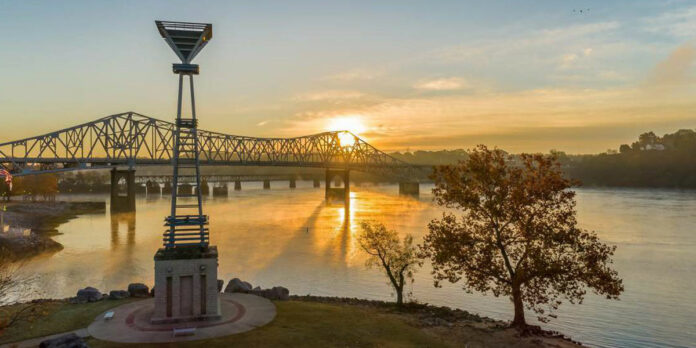FLORENCE – A new McFarland Park master plan presented by the Florence City Council caused some citizens to question safety and possible environmental damage there.
Several residents posted concerns on Facebook regarding possible flooding in the park and the money required to fix the issue after the spending to upgrade the park.
With 350 acres including 2.75 shoreline miles, McFarland Park features a beach, picnic areas, marina, boat slips, restaurant, playground, campground, and fishing pier. The park hosts concerts, fishing tournaments, and other events throughout the year.
When the plan was posted on Facebook, it got a lot of comments regarding flooding issues. A couple of examples:
- “In theory, this is a beautiful idea and I think it would give families with small children a lot of different areas to explore. In reality, it’s a money pit. There was nothing in your presentation addressing the flooding issue. Don’t make the citizens pay for grand ideas with poor lack of foresight.”
- “A lot of money invested where it floods. Love the idea, but what’s to keep this area from flooding and ruining all that will be spent on this wonderful project?”
Florence City Parks & Recreation Director Bill Jordan said the new master plan includes flood mitigation measures and addressed residents’ concerns on a variety of topics in the Q&A below.
Q: Are flooding mitigation measures part of the new master plan? If so, what are the specific plans to control flooding in the park?
Jordan: “This land and, eventually, McFarland Park has long been used as a controlled flood zone to mitigate flooding elsewhere in the community. The placement and utilization of parks in floodplains have a long precedent of success that has been set in cities and towns across the U.S. and around the world.
“The plan for McFarland is not to reduce the likelihood of flooding but to implement flood-resilient designs in the park. Flood-resilient design practices include thoughtful overall design and planning, specific landscape architecture, architecture, civil engineering, and structural engineering practices.
“Specific flood-resilient design practices that we are utilizing are flood-resilient architecture for park structures (pavilions, restrooms, and bathhouses), flood-resilient park equipment, and the use of stone gabions upriver from sensitive structures to protect from flood-borne objects. Our team is actively working with the State of Alabama, TVA, the City, and industry experts to develop a flood-resilient design for all park improvements.”
Jordan explained that flood-resilient design means providing ample reinforcement to allow a structure to withstand the pressures of flooding, using materials that won’t degrade during prolonged and repeated exposure to water, and designing structures so water can pass through and dry out when flooding recedes.
The city is also considering the use of gabion walls upstream of new structures and amenities to help protect them from large debris being carried by floodwaters. Gabion walls are created by filling large cages or baskets with stones, concrete, or other building materials.
Q: One person liked the master plan and wondered if it could extend farther out to include the old water slide area, which they called an “eyesore.” What happened with the water slide and is it possible that it could resume operations? Or is there a possibility of the park renovation including that area?
Jordan: “This property is not currently a part of our scope, but you bring up a great point. A potential future study could look into the feasibility of a public-private opportunity for this area and the possibility of its improved connection to the marina.”
Q: Are plans in place to protect the habitat of local wildlife?
Jordan: “Protecting wildlife habitats and natural areas is an important component of the plan. The plan is to not only allow more of the park to return to a natural state but also to highlight the park’s connection to wildlife with birding stations and other wildlife-centric elements about education and protection.
“Additionally, the master plan should be looked at as a guide and a study of opportunity/feasibility that will be further refined in future projects. If certain elements are found through public input or environmental review to negatively impact certain habitats or desired public amenities, the final implementation may look different. This is a public park and we desire to meet the needs of all citizens while protecting the valuable natural assets the park has to offer.”
Q: What is the timeline for these improvements? When is the expected completion date?
Jordan: “We are actively working on several early projects to complete this community vision for the park, but a phased approach for these improvements is an important component of this plan that will likely take many years to fully implement. With that said, throughout these strategic improvements of this park, continued community use and operation are very important to the City.”
One early project is the replacement of the pier at the southwest corner of the park, Jordan said. The pier had reached the end of its lifecycle and was deemed unsafe, so it is being replaced using ideas from the master plan, including a new pier and parking areas, and possibly some concrete walls and landings to allow users to interact with the water directly.
You can see the full plan here
Don’t miss out! Subscribe to our email newsletter to have all our smart stories delivered to your inbox.



